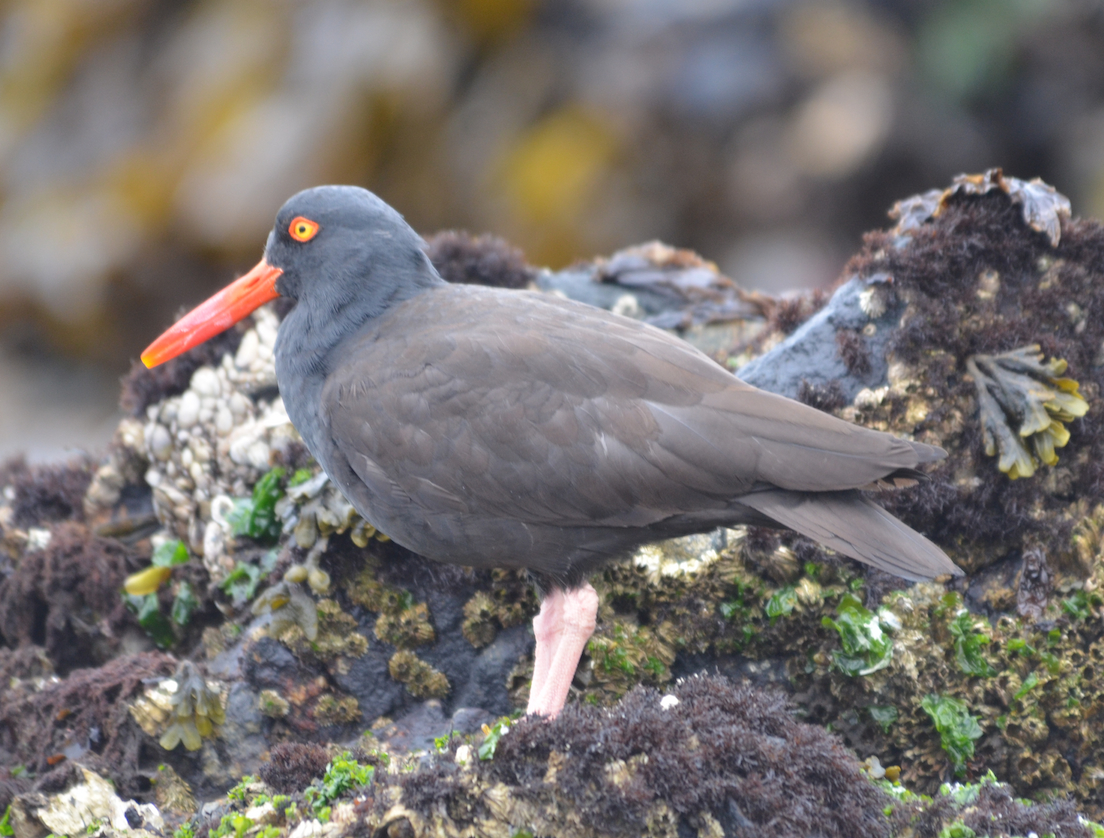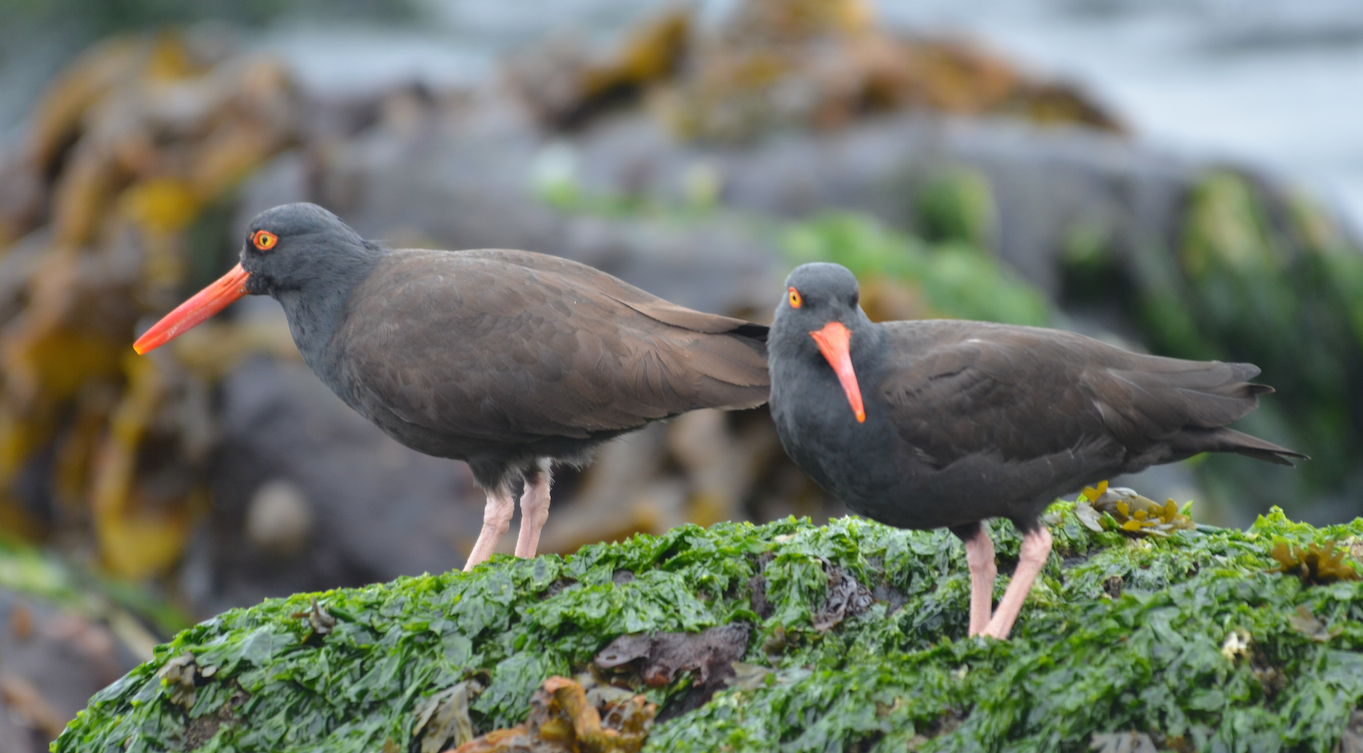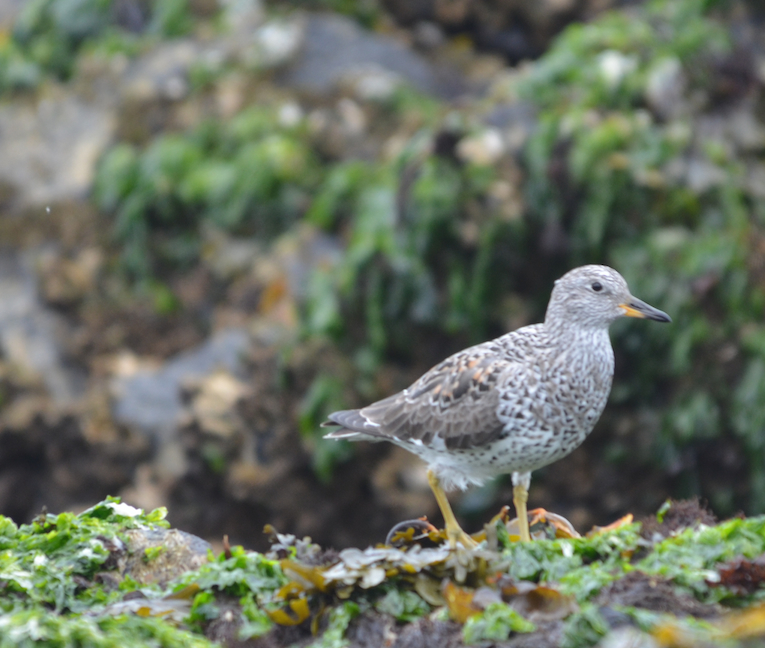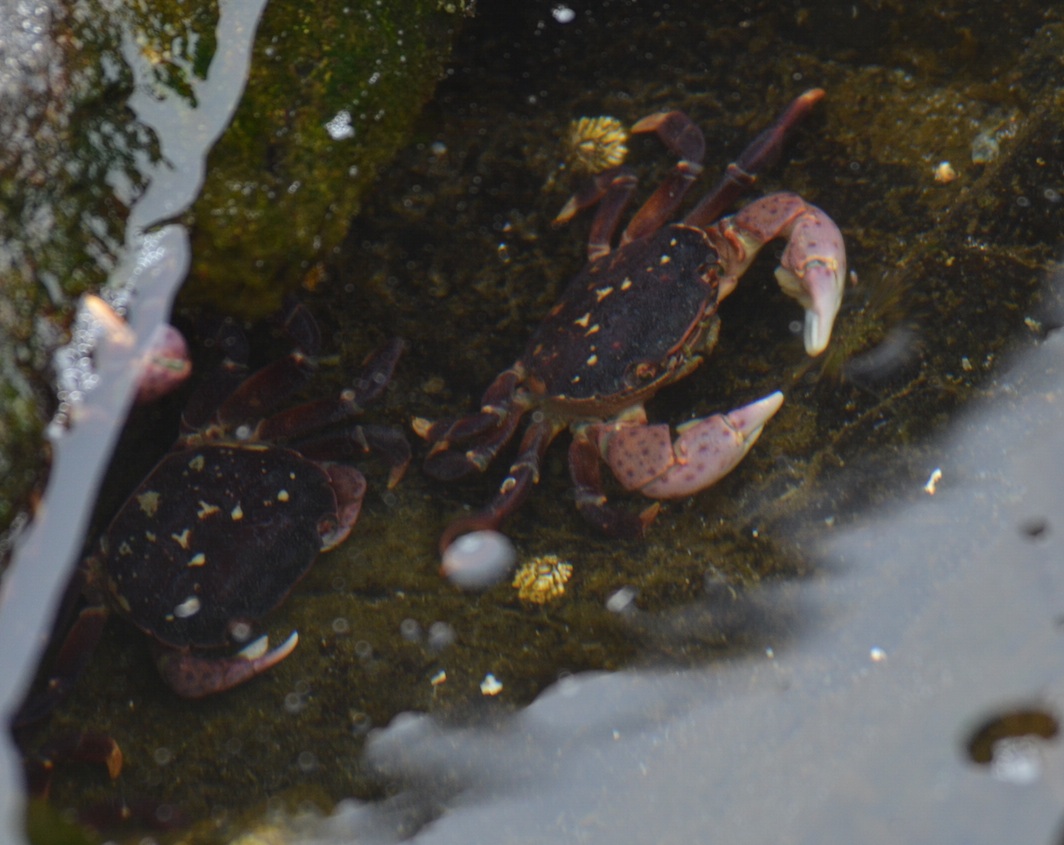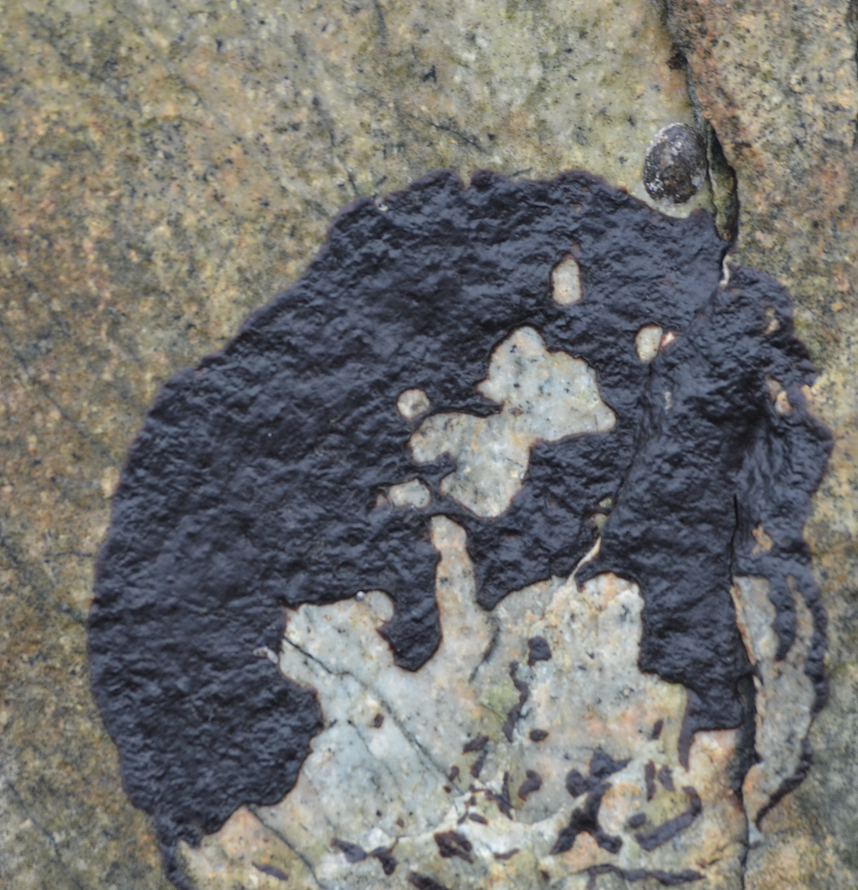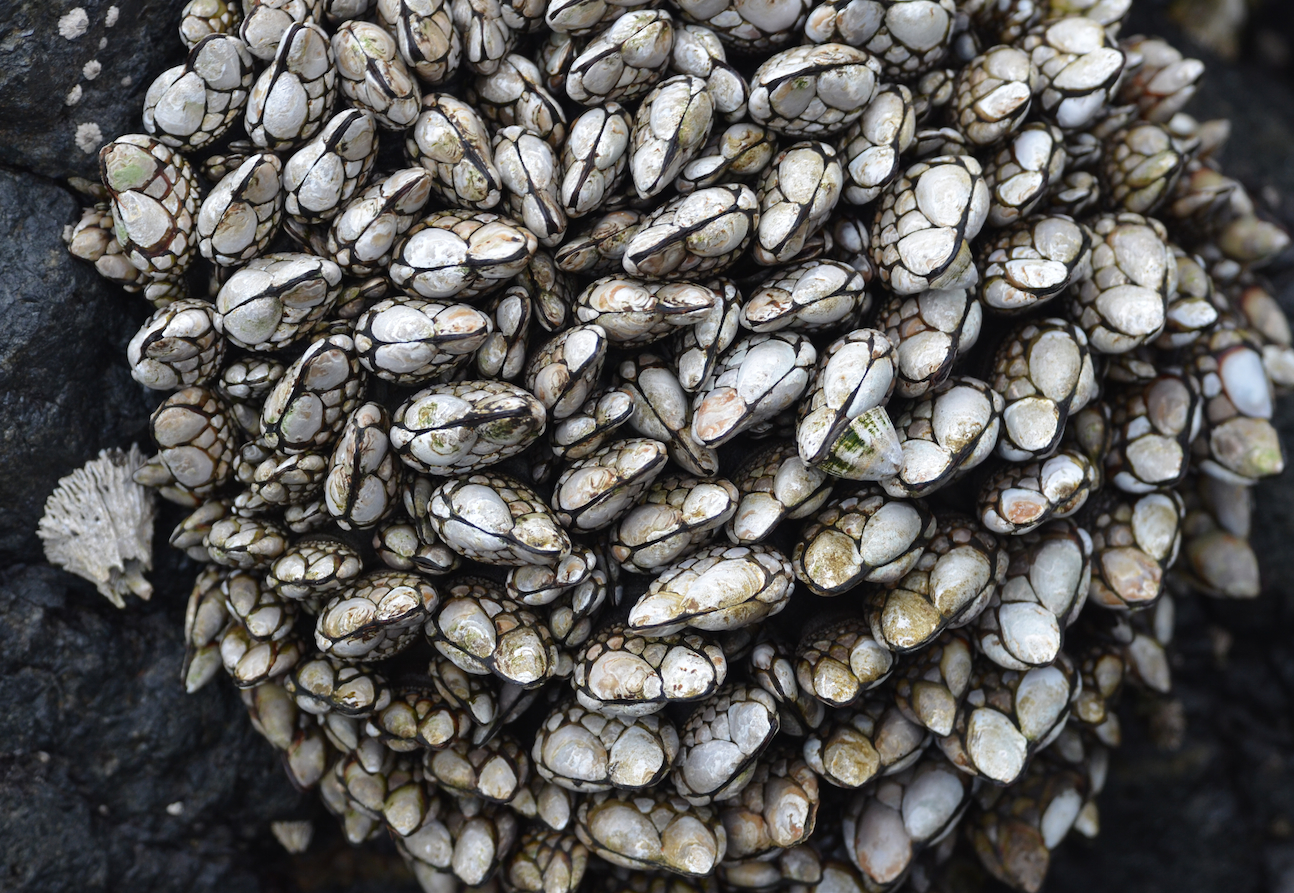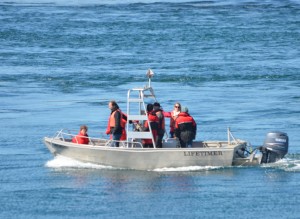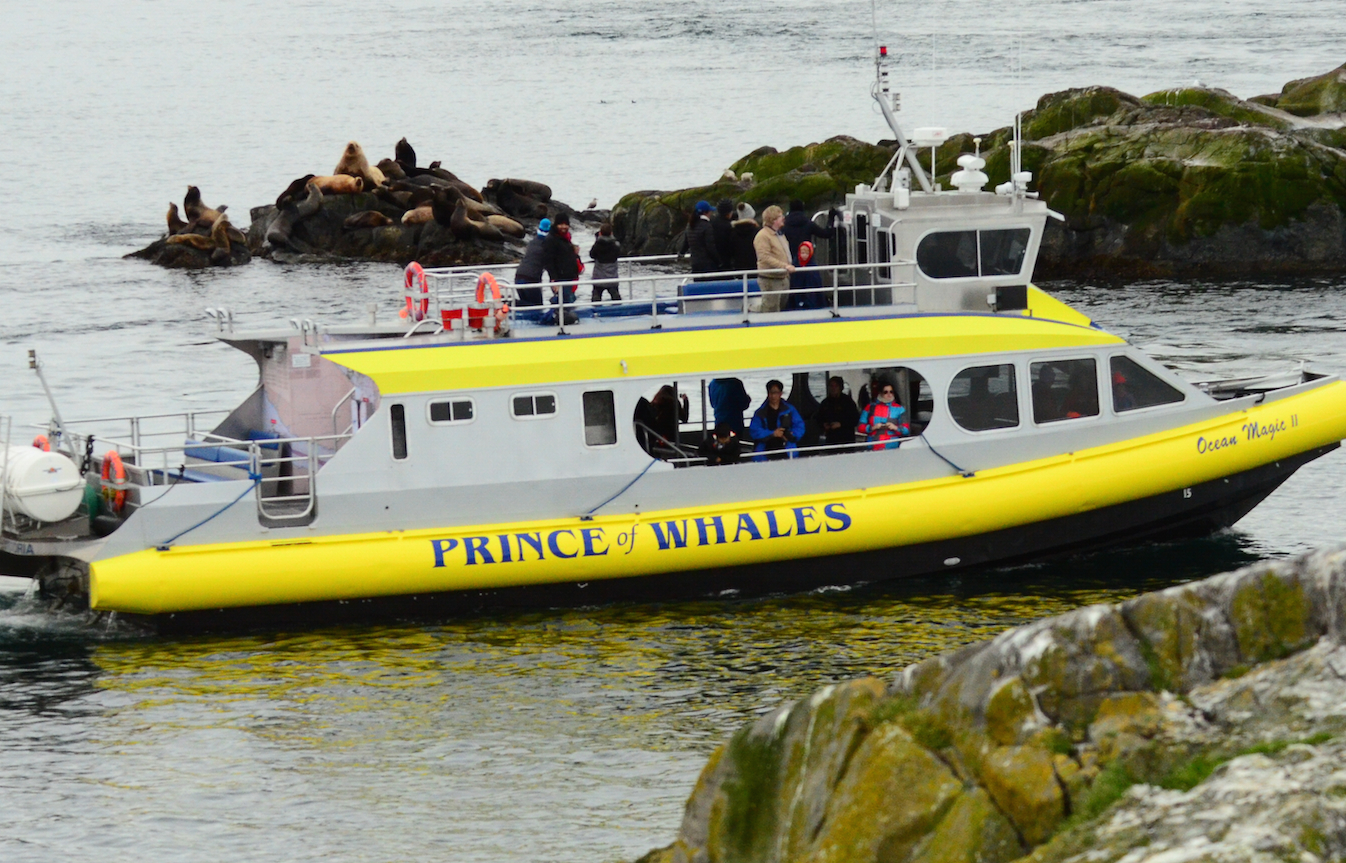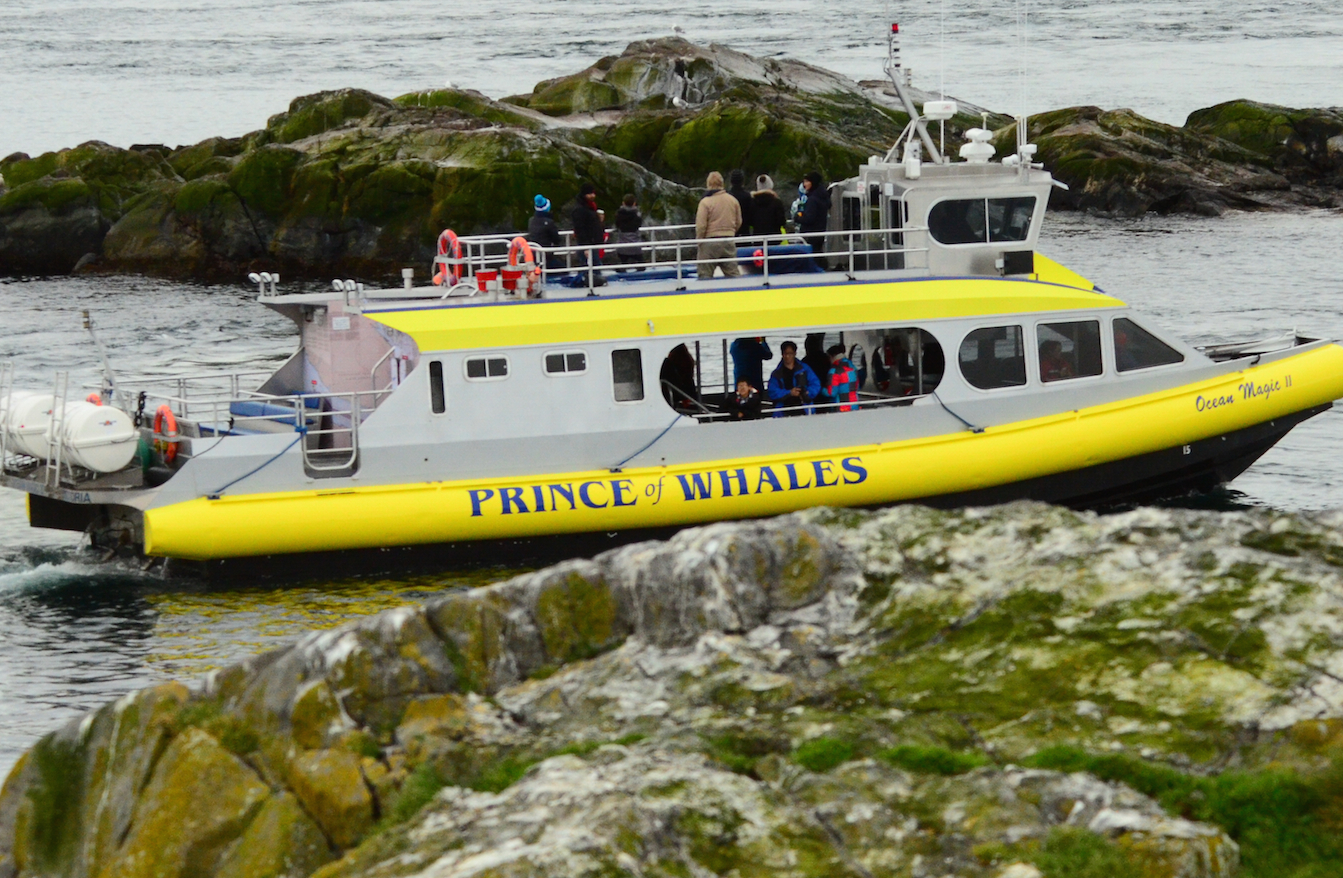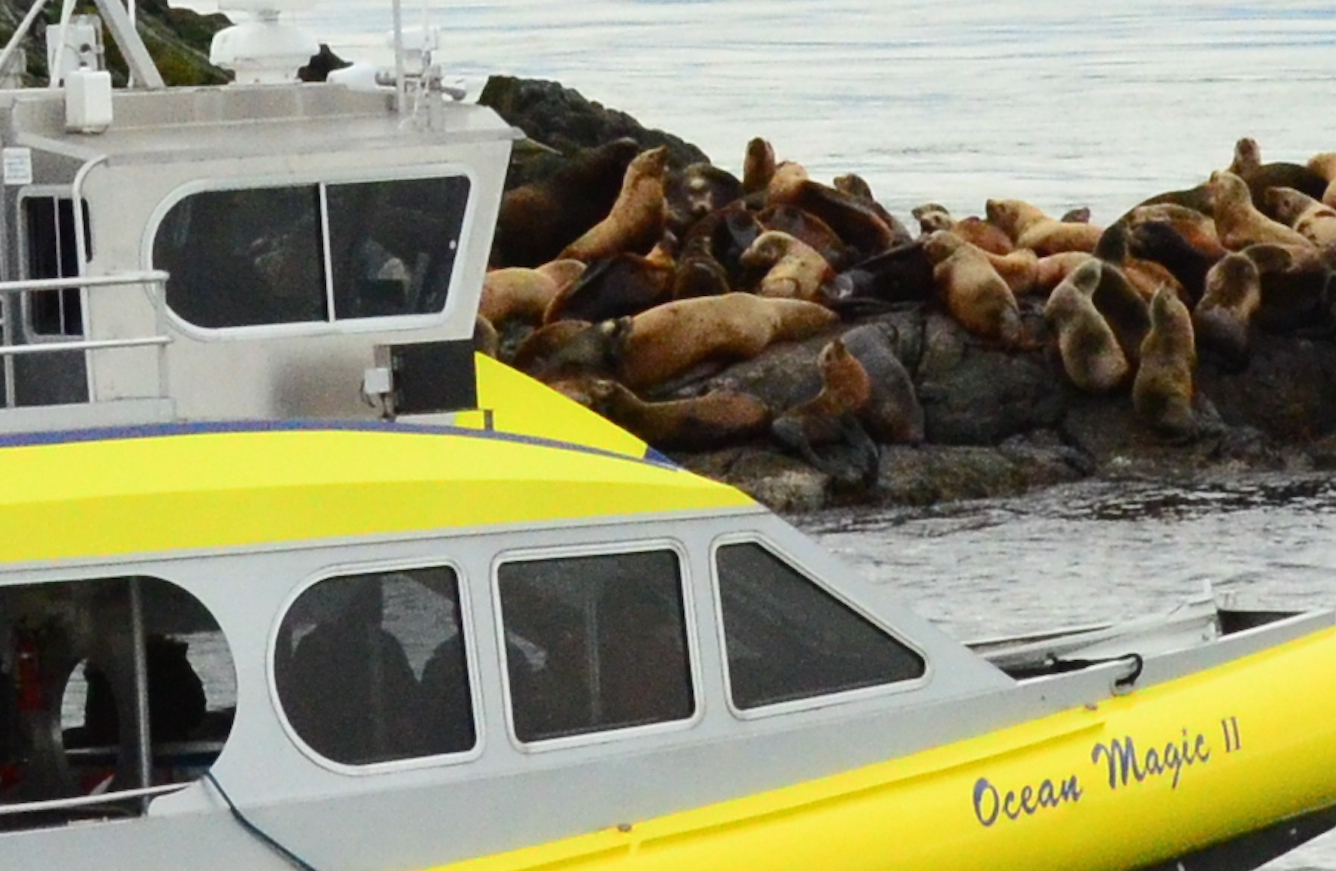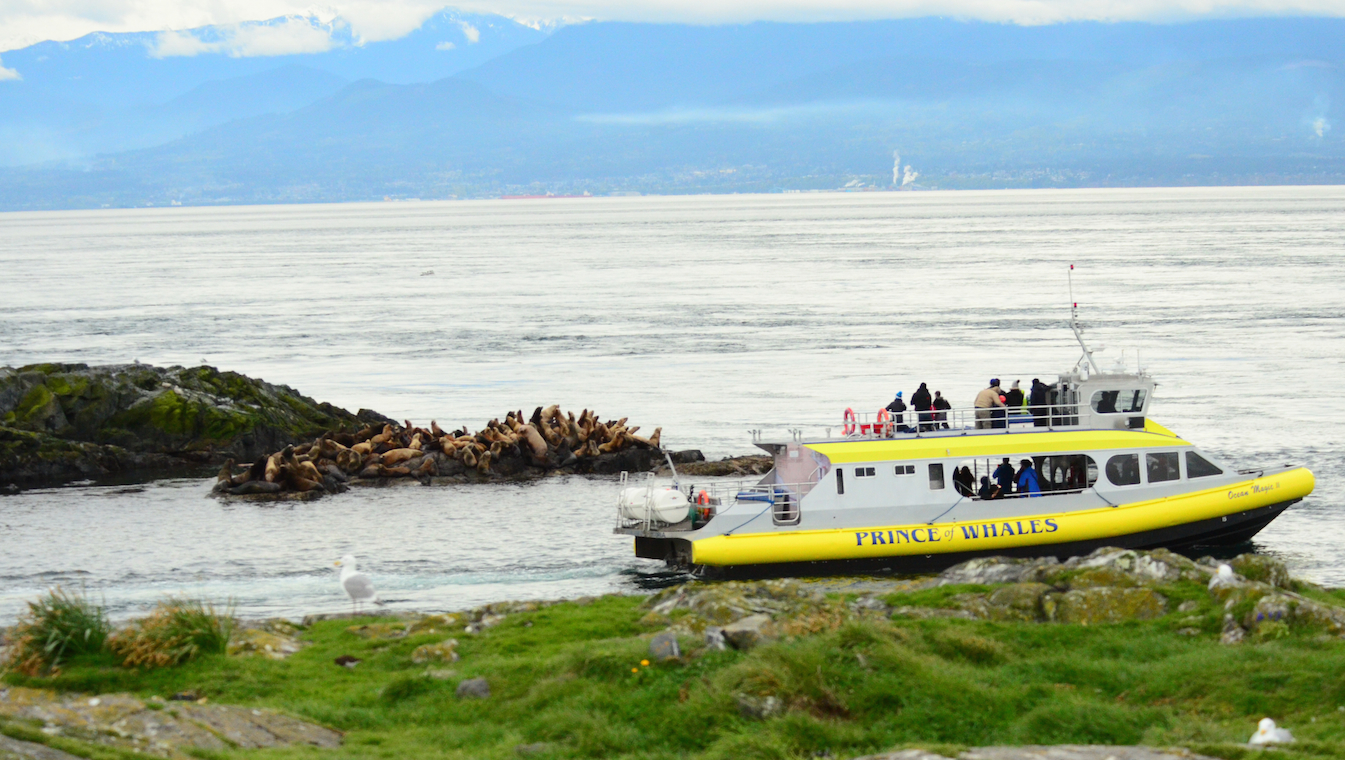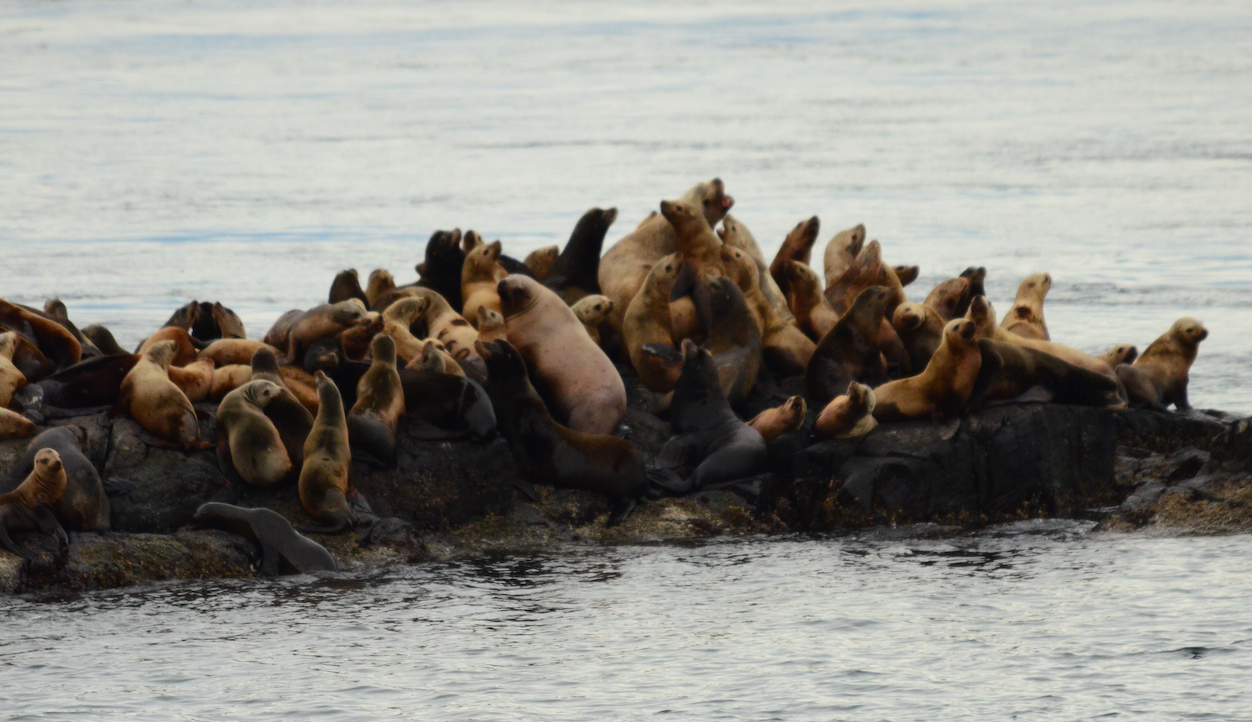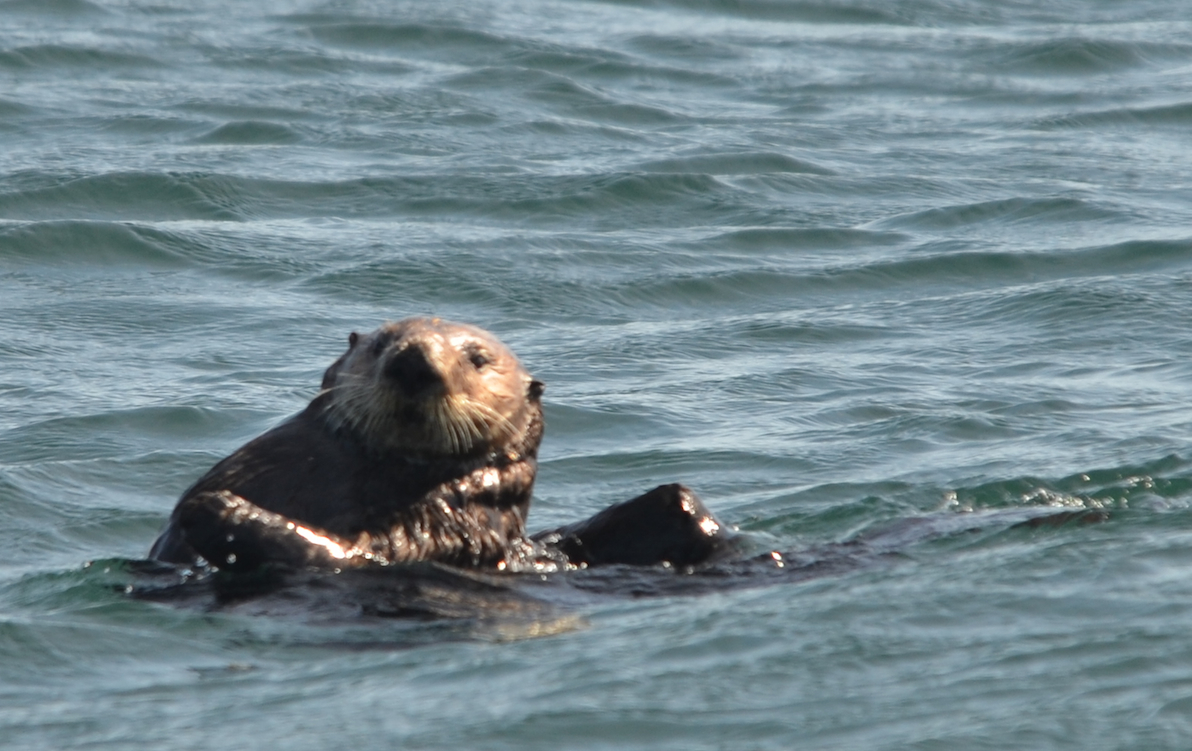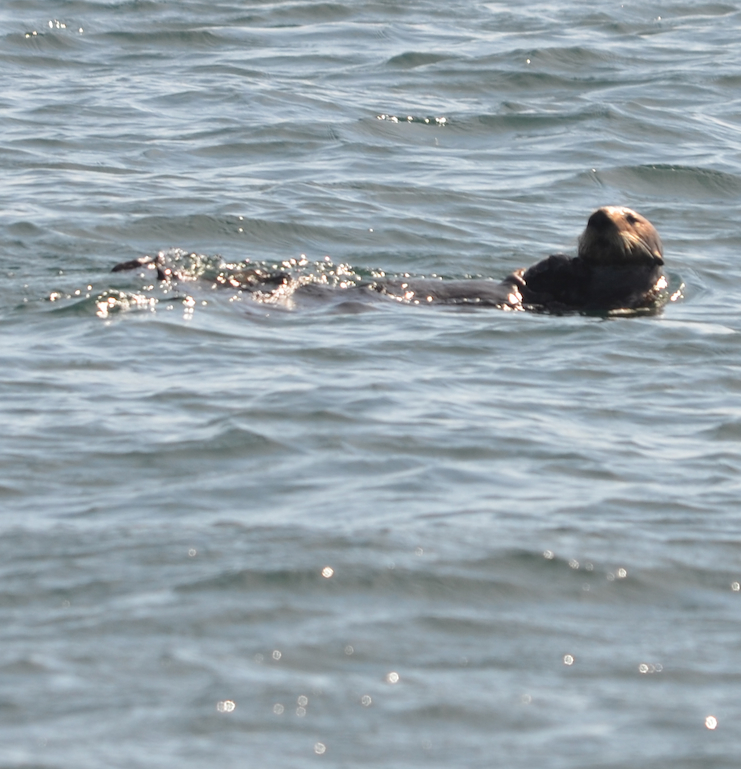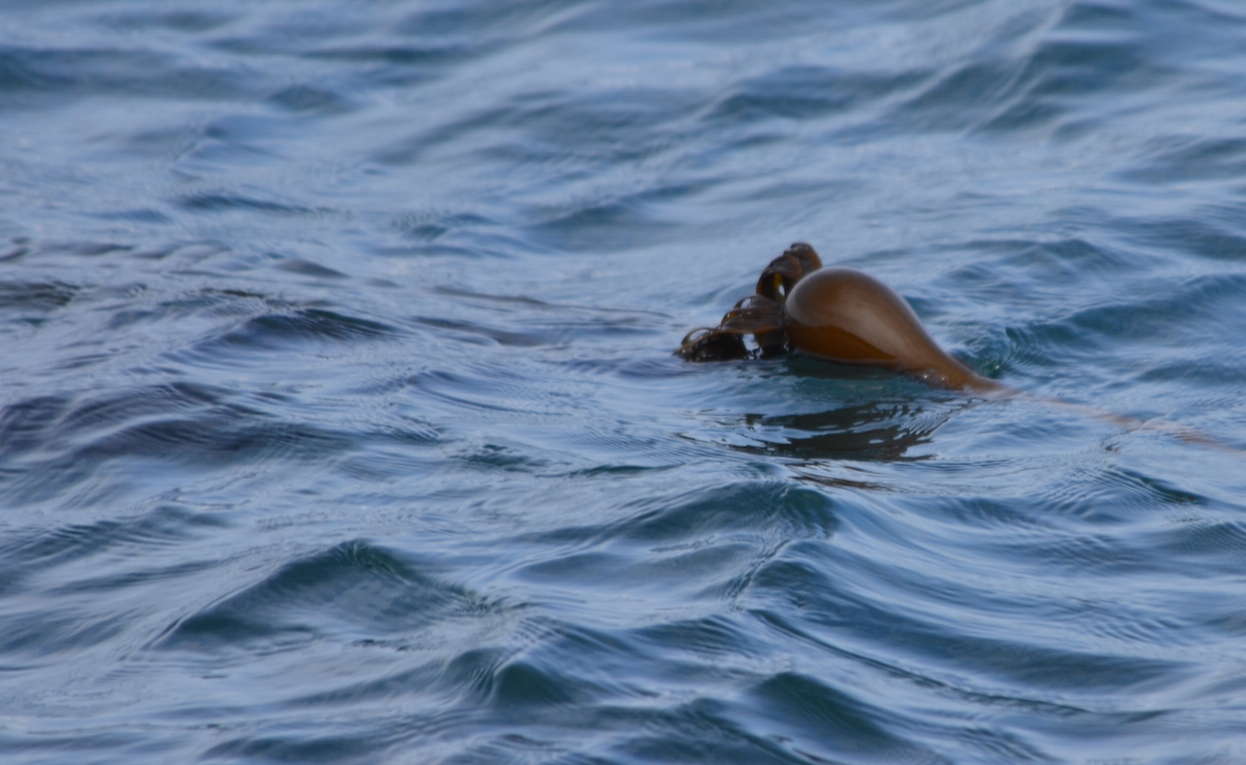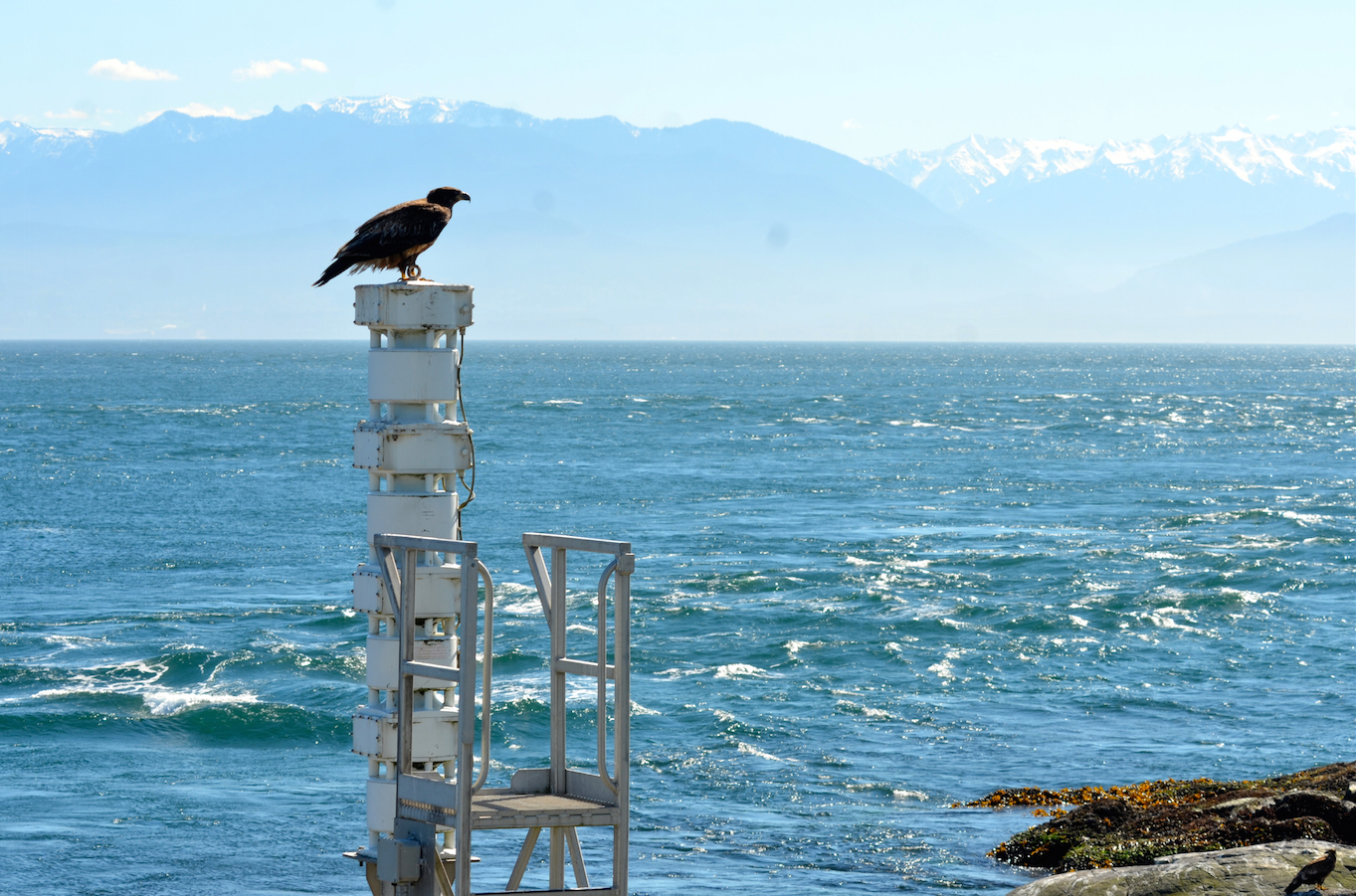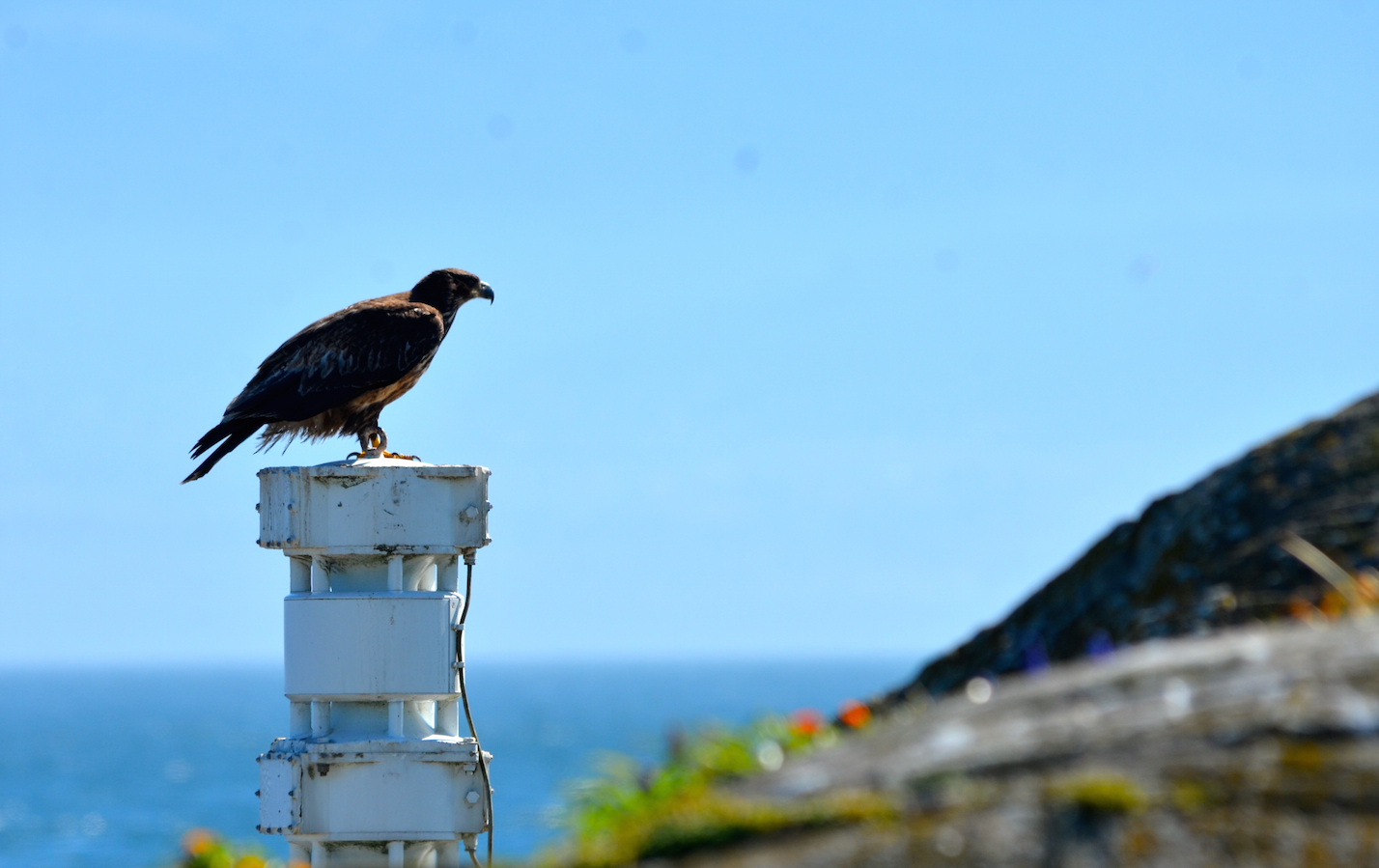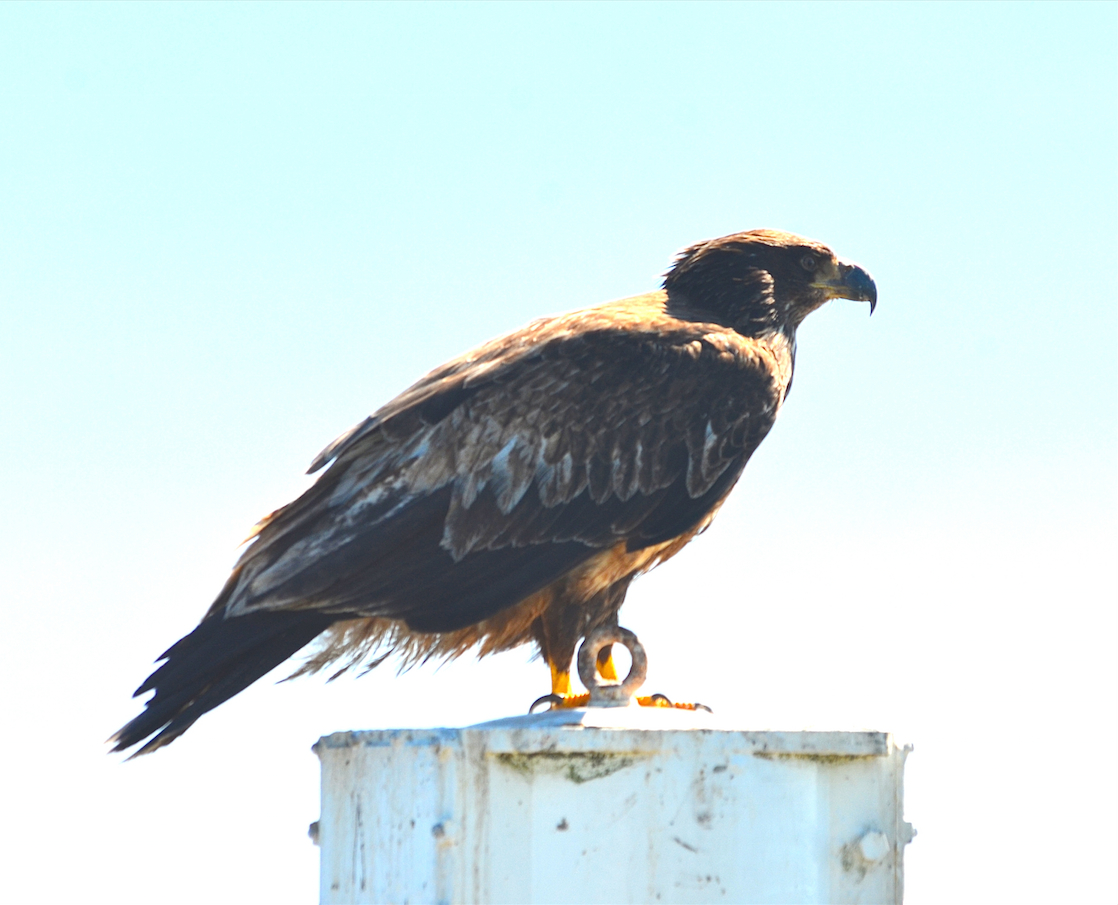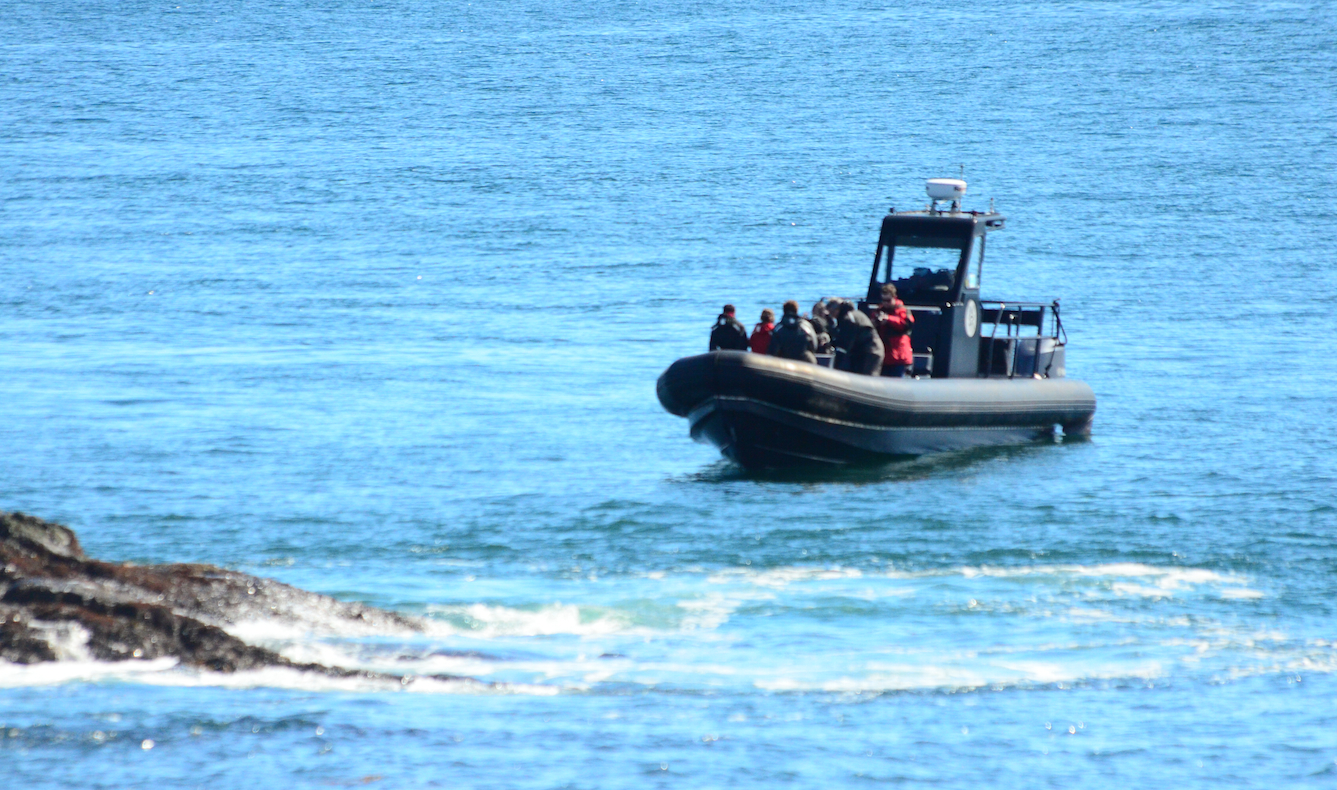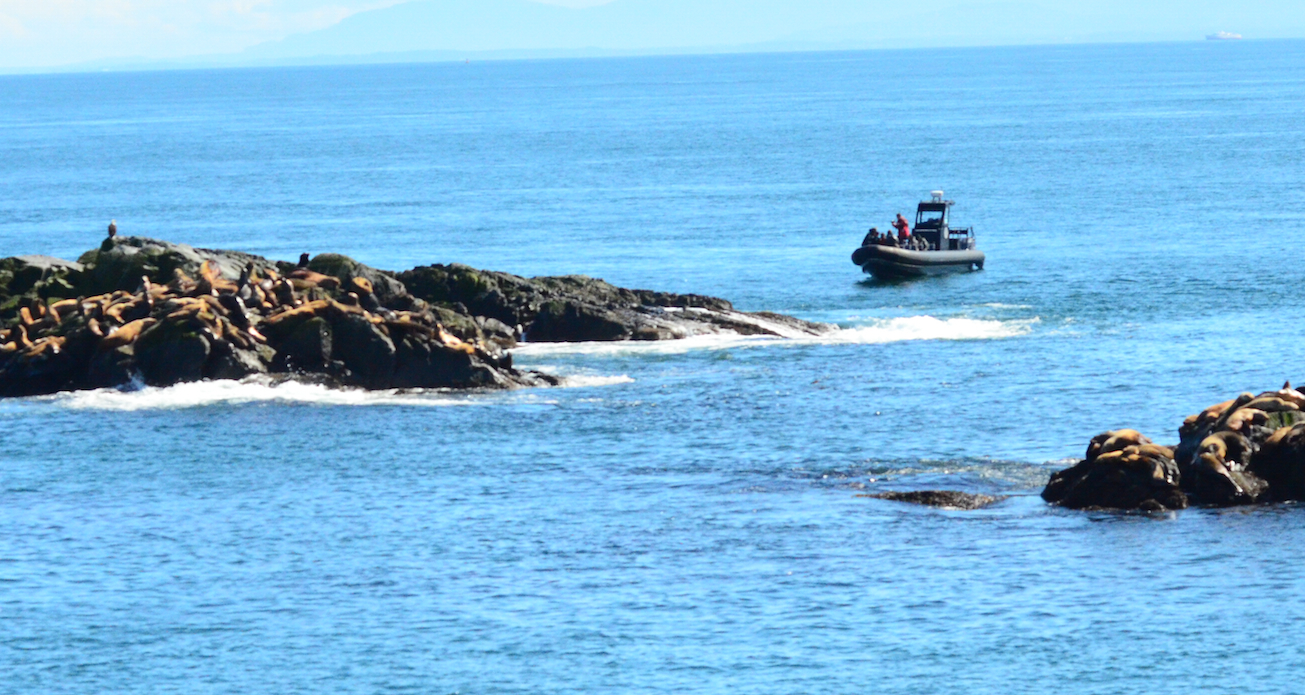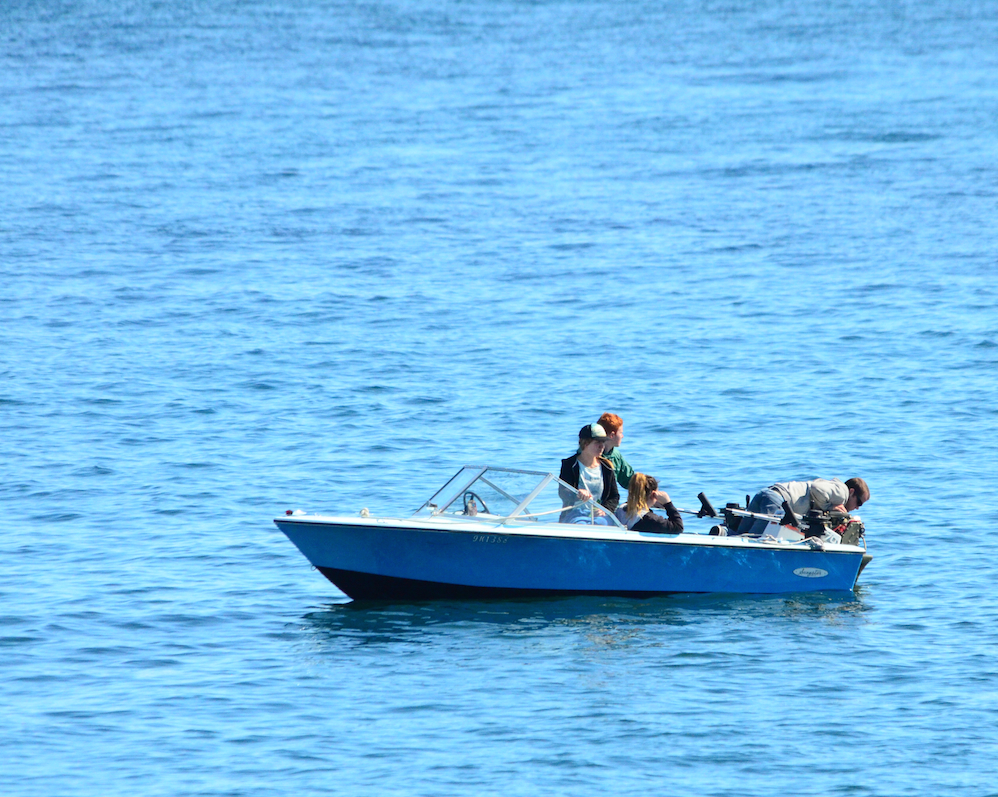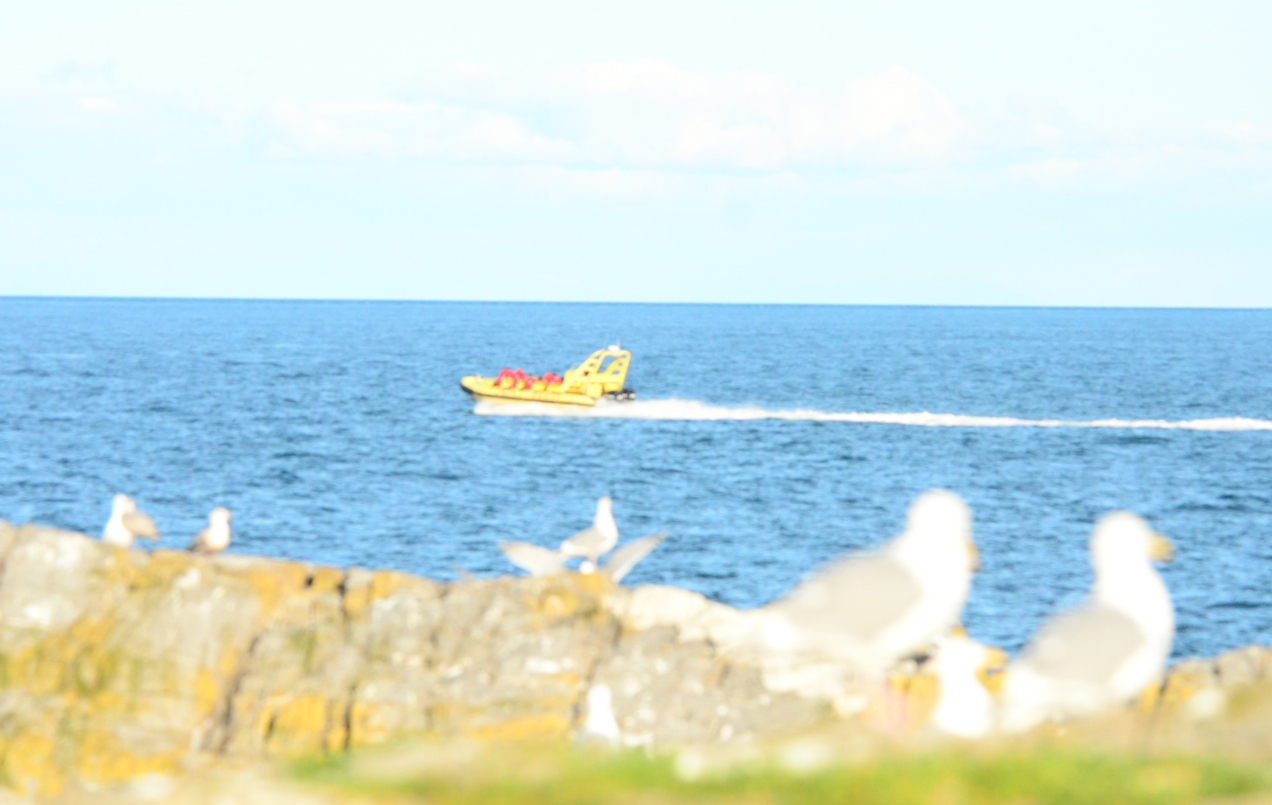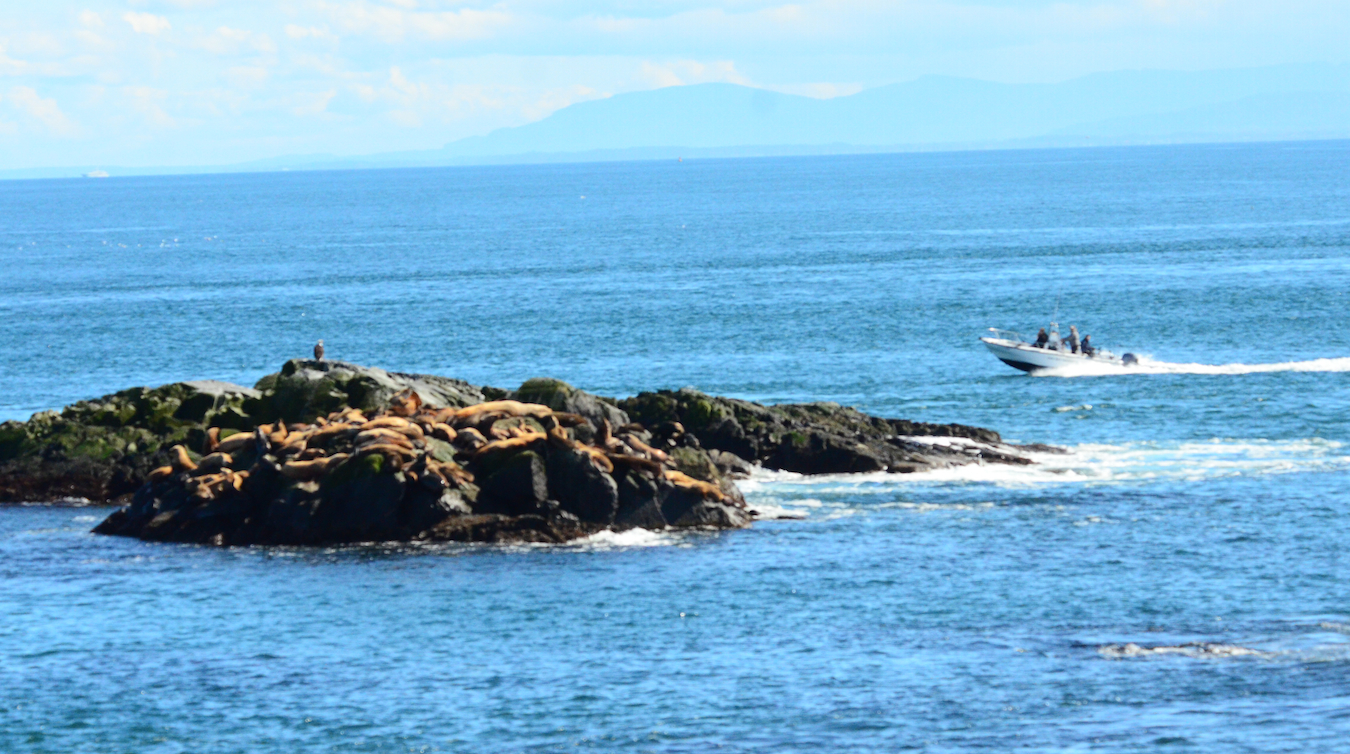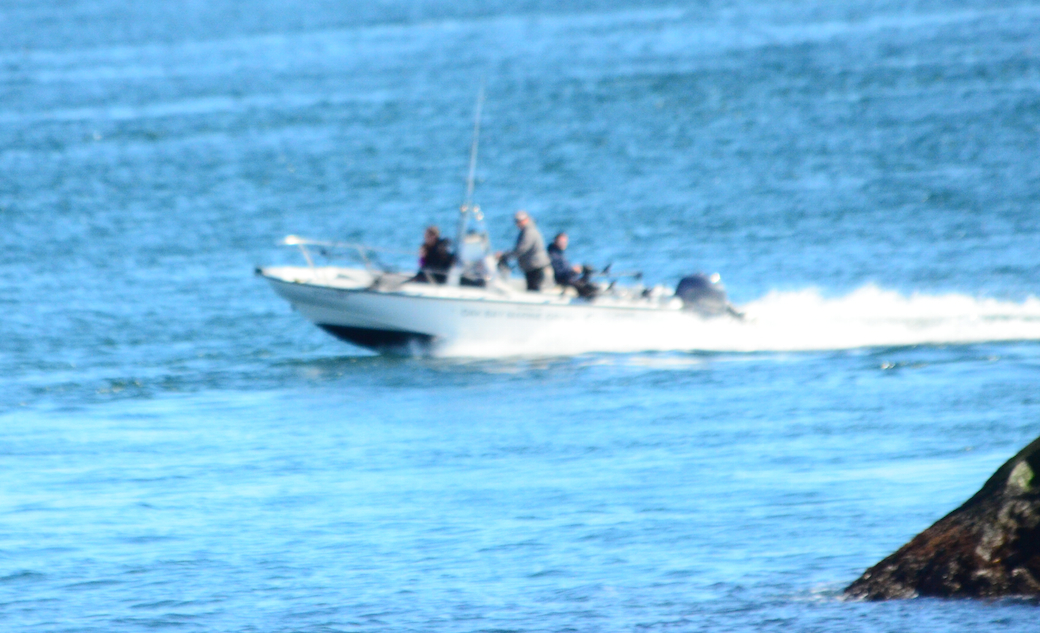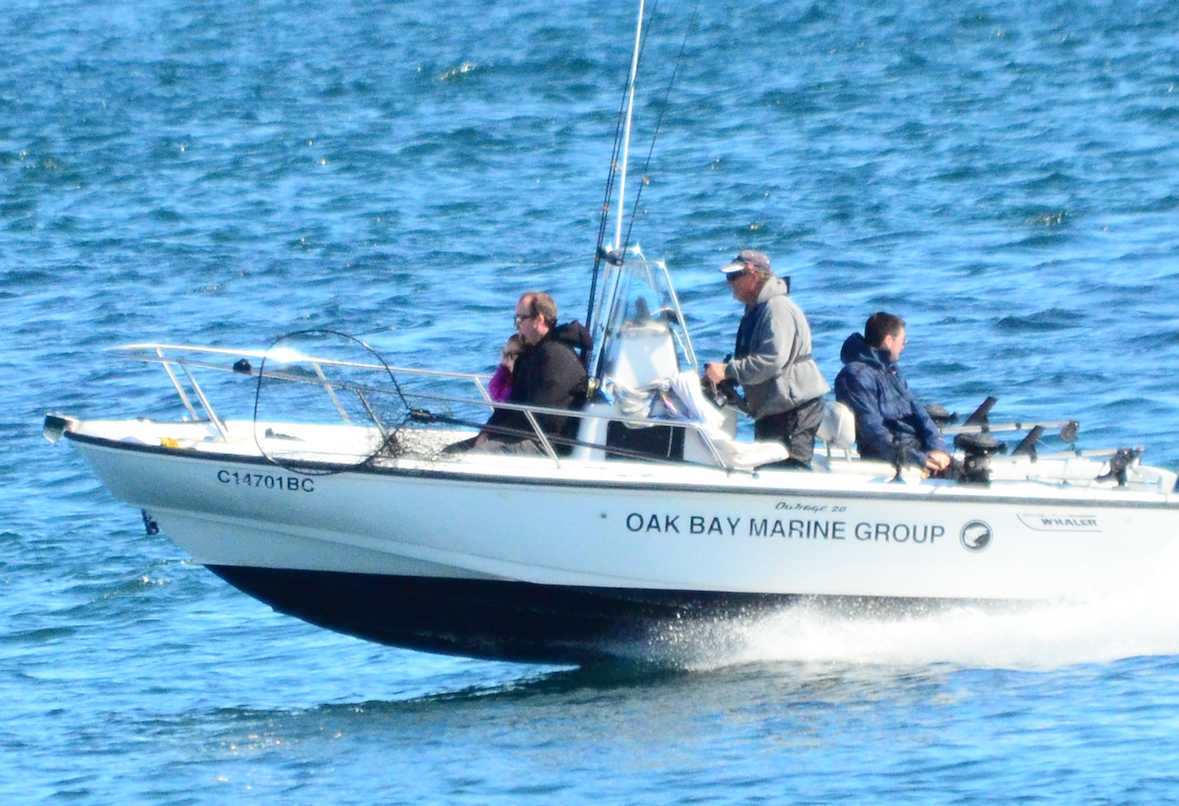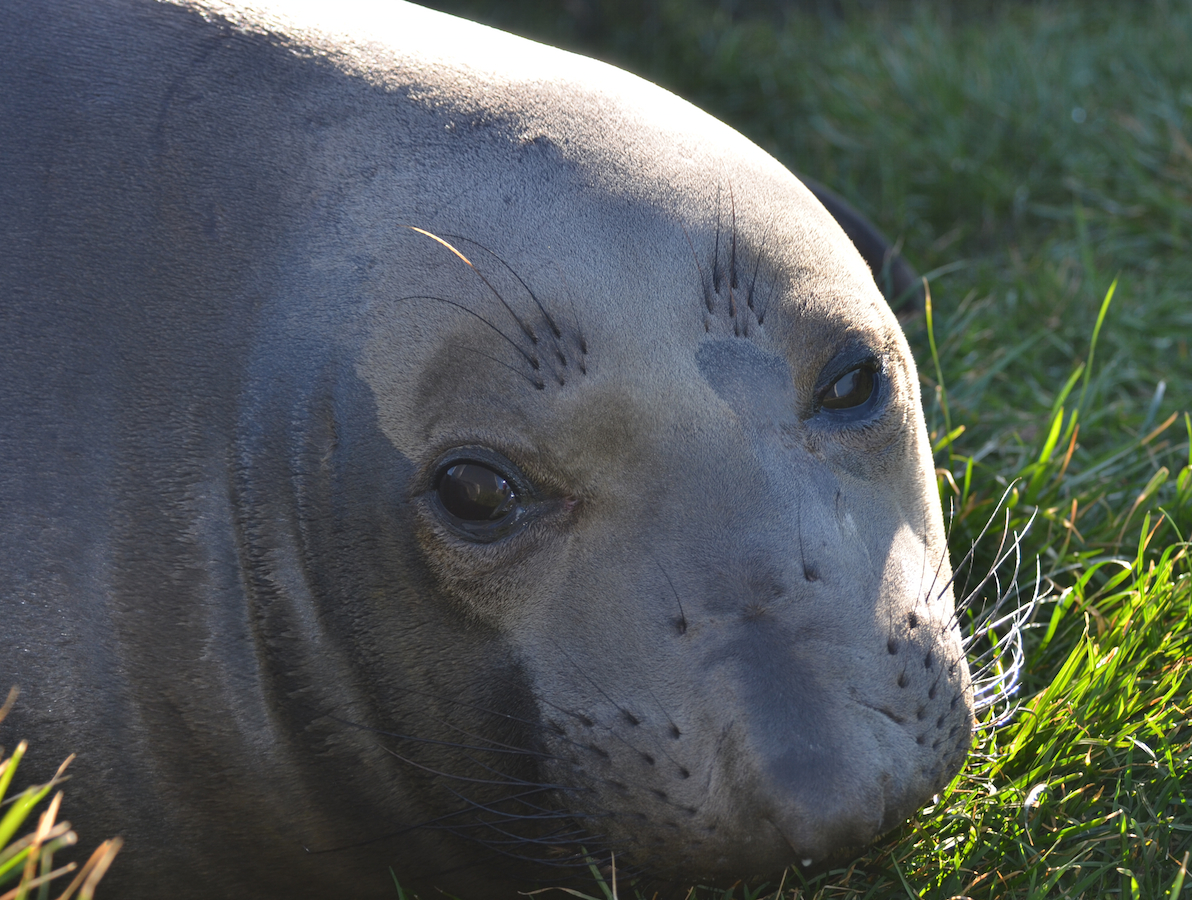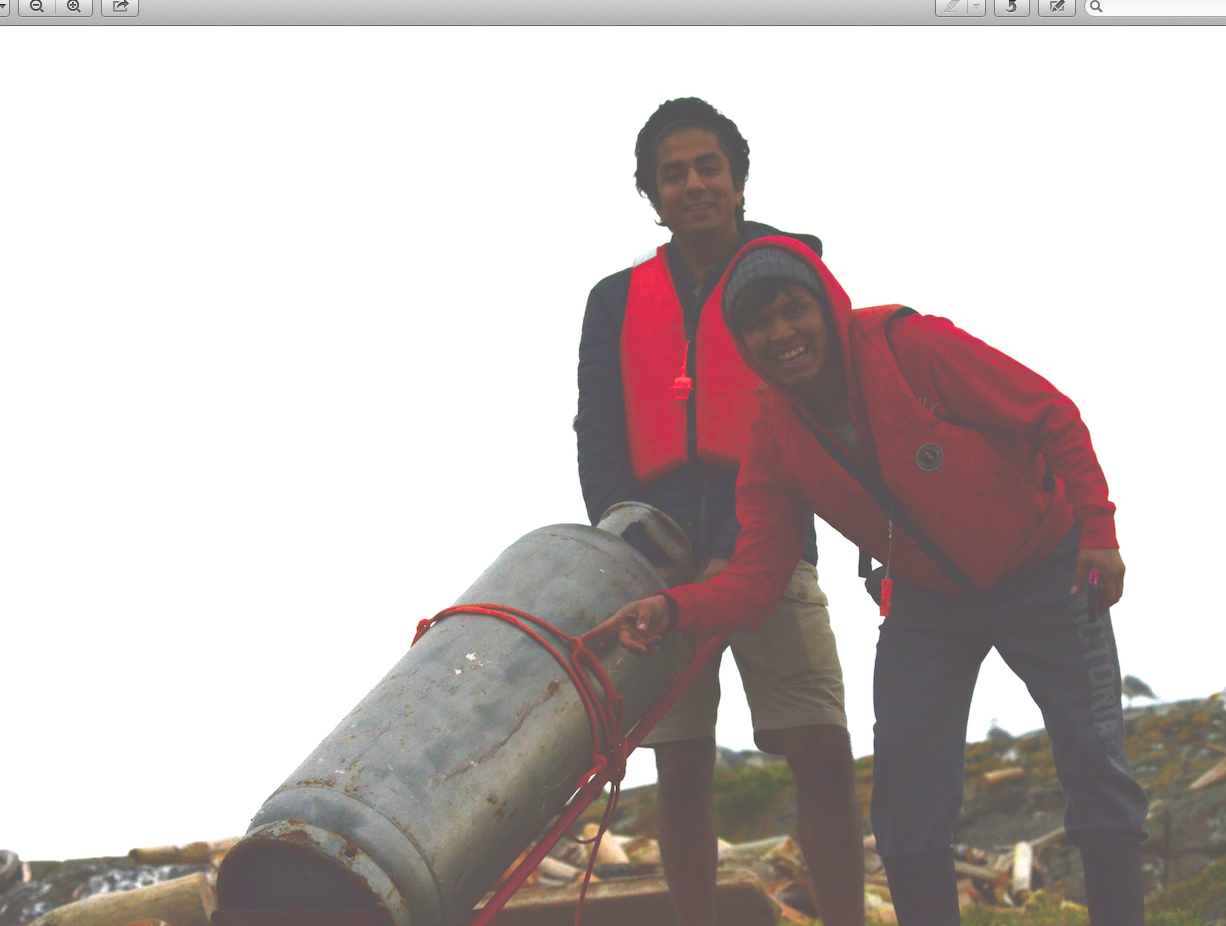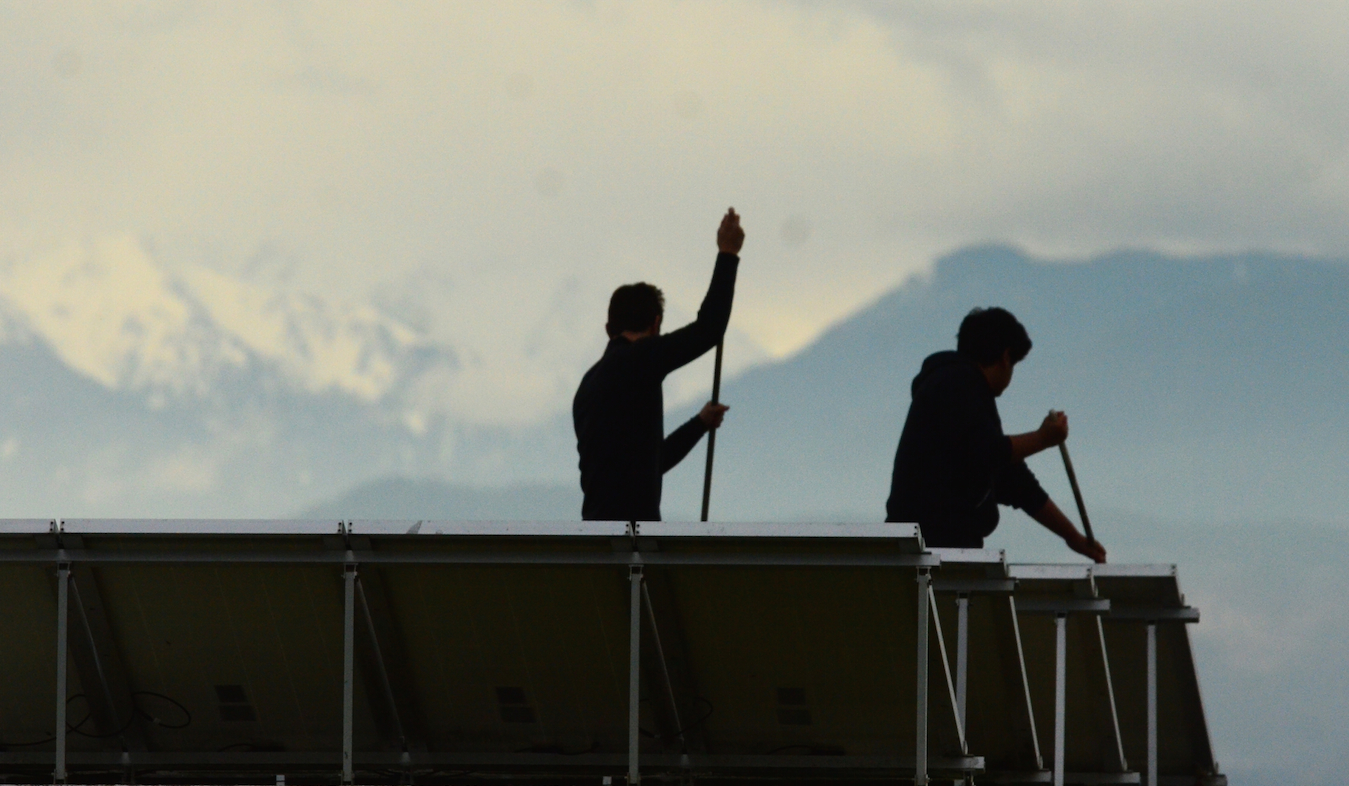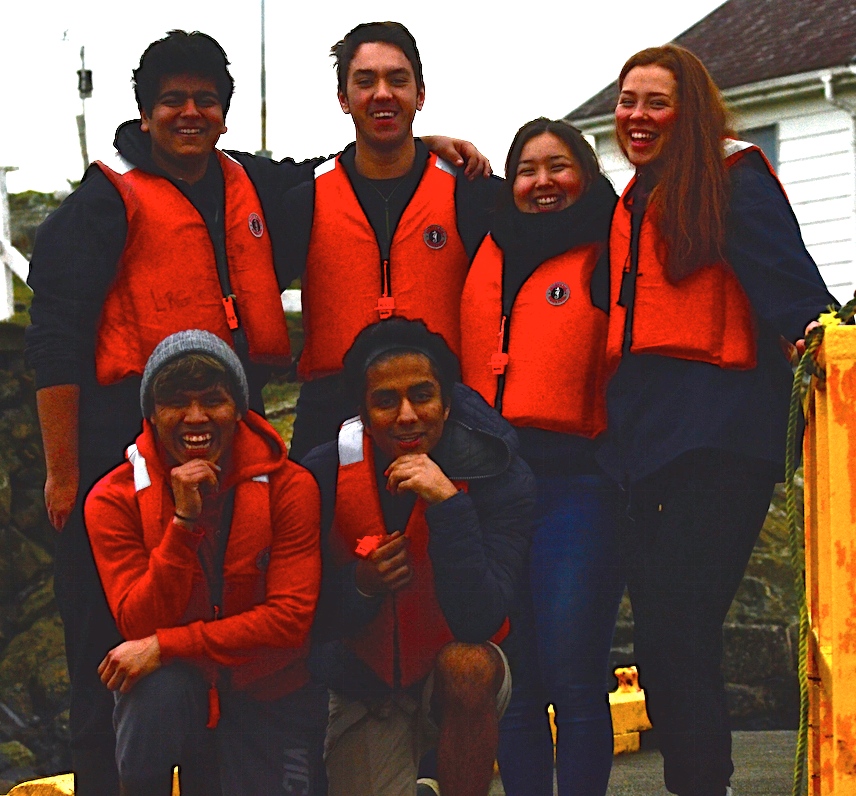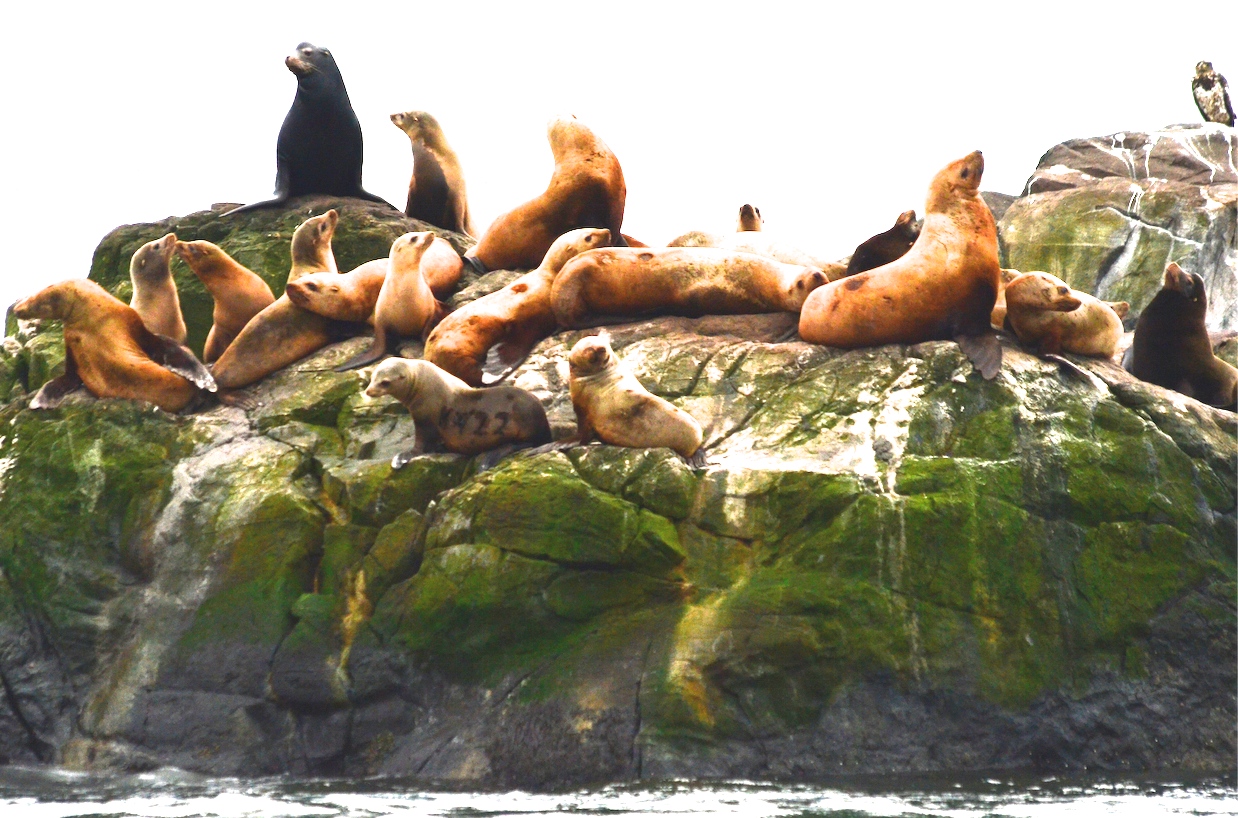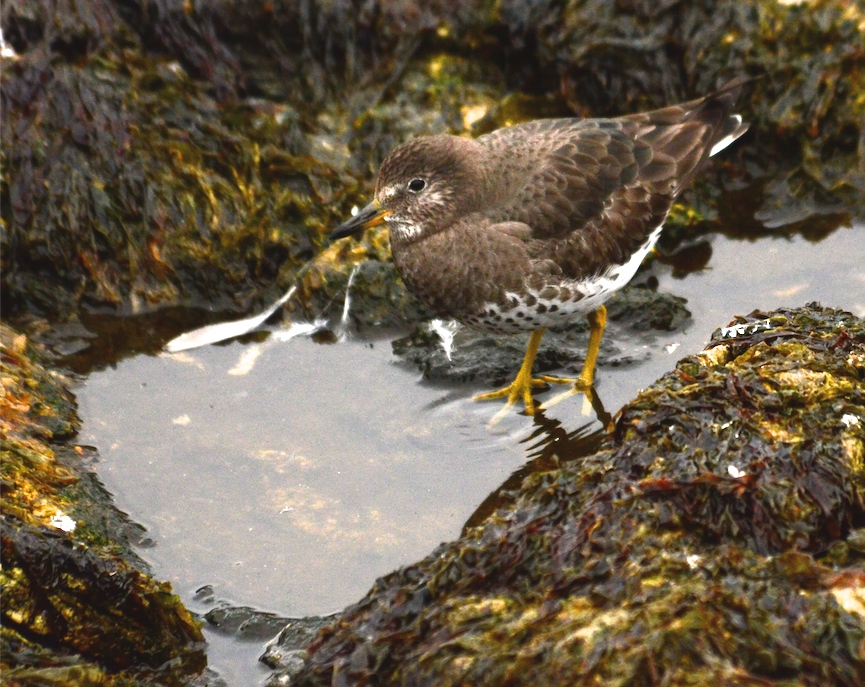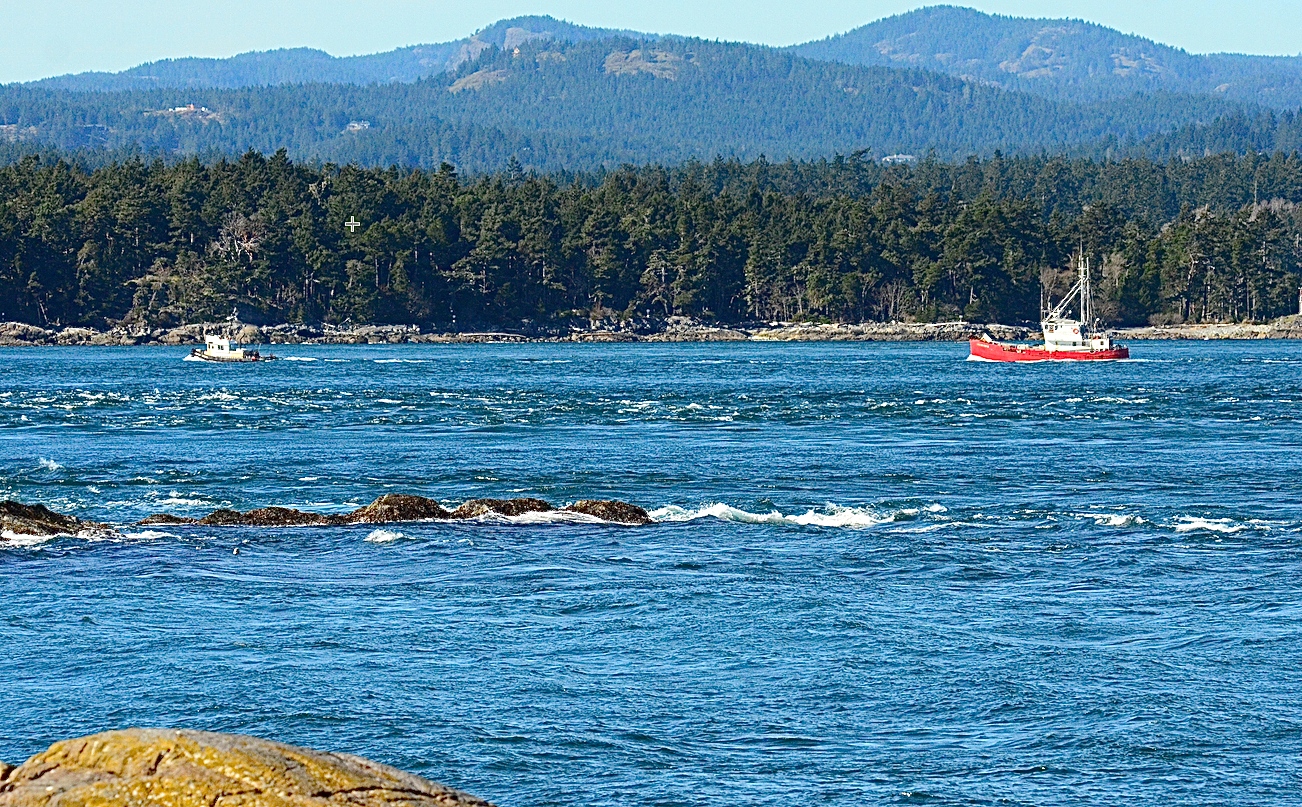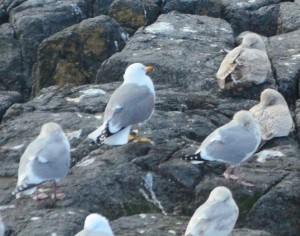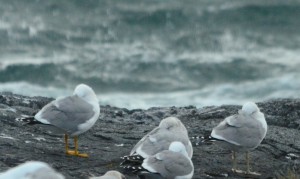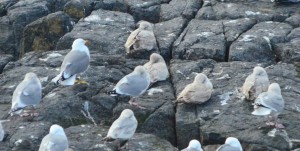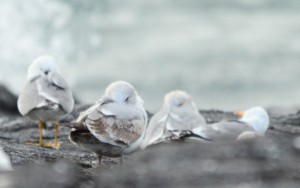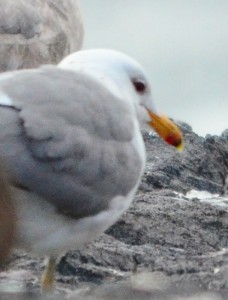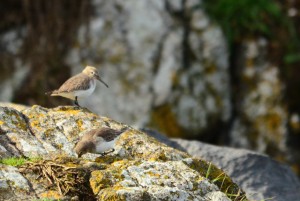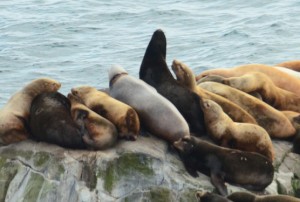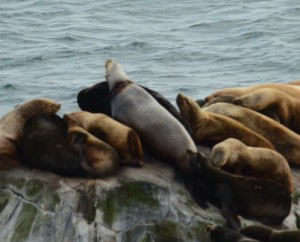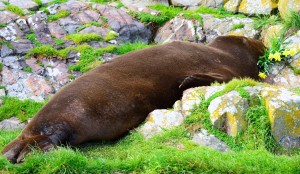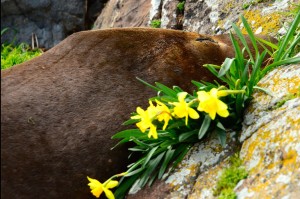Weather and Sea Conditions
Light southeast winds kept the skies grey today but clouds were high and there was no noticeable precipitation at sea level. A new dusting of snow, high on the Olympic Mountains informed the chill in the air. By evening, winds had backed to northeast 10 to 15 knots. The barometric pressure dropped steadily starting after midnight last night and at 18:30 was around 1001 hPa and still falling. The marine forecast for central Juan de Fuca Strait calls for a repeat of this morning southeast 10 – 20 knots increasing to westerly 15 to 25 Thursday afternoon. It will be cloudy with a 60 percent chance of showers in the early morning followed by a mix of sun and cloud. Sea conditions were fairly calm with a light inshore chop, rougher out in the strait and in collision with current generated turbulence.
Vessel Observations
Three whale-watching operators were observed working in the protected area this morning and one was observed in the evening. One sports fishing vessels was observed transiting the reserve today.
Ecological and General Observations
Afternoon low tides reveal Race Rocks’ high diversity and productivity of seaweeds and marine invertebrates. Many of the birds depend on the table being set when the tide is out and for millennia, the indigenous people who used the area did the same. The rock cairn burials here are a daily reminder of the human significance of the site going above and beyond the history of the lighthouse.
Back to birds, Black Oystercatcher totally depend on the riches of the intertidal. The Black Turnstones here are the only ones I have ever seen foraging in the garden but otherwise they and the Surfbirds are intertidal feeders as well.
There are eleven elephant seals moulting in the garden now and their faces are really starting to peel.
- Black Oystercatchers rely on the marine invertebrates of the intertidal zone.
- This pair of Black Oystercatchers are foraging for limpets on the low tide.
- Surfbirds are also intertidal feeders.
- Hemigrapsus nudus, the common shore crab, poised for action.
- The dark brown splotch in this photo is an algal crust that has been grazed by a limpet, seen in the top right.
- Gooseneck barnacle ‘clump. See thatched and other barnacles around and limpet on the clump.
Chores and Visitors
Alex is back, the roof patches were revisited and more blown shingles were retrieved from the latest blow. Other chores were routine and there were no other visitors.

